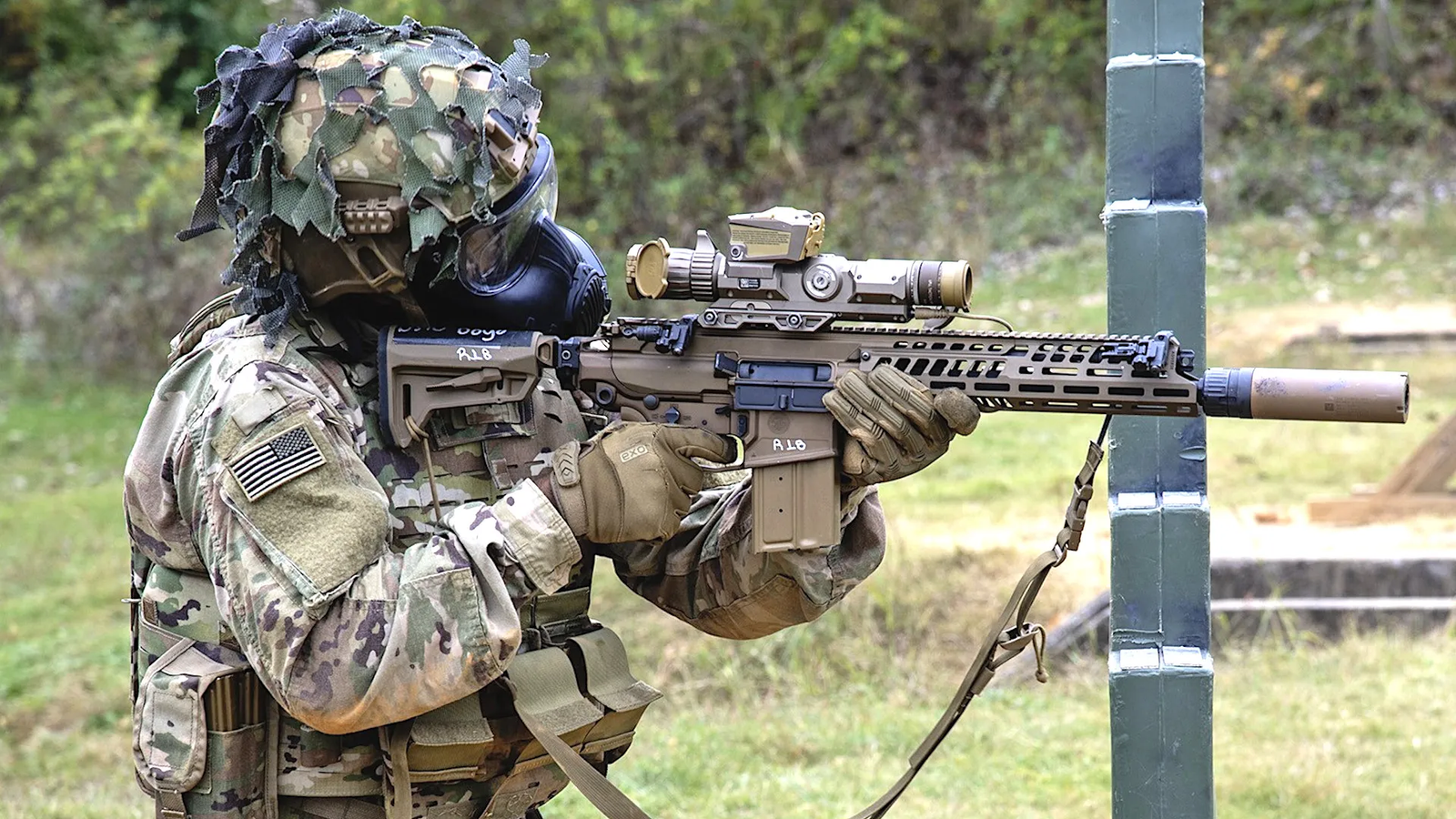
The United States Army’s deployment of the XM7 rifle represents an important milestone in American infantry weapon history. Having employed the M16 and later its derivative, the M4 carbine, for decades, the Army is now issuing a rifle specifically engineered to learn from the hard lessons of such conflicts as Afghanistan and Iraq. The XM7, the result of the Next Generation Squad Weapon (NGSW) program, is not just a new rifle but a statement of the future of close-quarters combat and the Army’s commitment to staying ahead of ever-advanced enemies.

The push to replace the M4 and the M16 did not suddenly materialize. Army historians and defense experts give credit to pressure from the limitations of the 5.56mm cartridge, painfully exposed in front of the world in Afghanistan. American troops were often outgunned at longer ranges and could not penetrate enemy armor or barriers. The M16, initially deployed in the 1960s and touted for its light weight and quick firing rate, had evolved in the decades that passed, but was still seeing the limits of its application on today’s battlefield by the M4 carbine. Enhanced lethality, enhanced range, and adaptability led the Army to seek out a new solution.

Enter the XM7. Utilizing the SIG MCX-Spear platform, this magazine-fed, gas-operated rifle is chambered in the new 6.8x51mm round. Its modularity allows soldiers to rapidly configure it to meet an array of missions, with space for an extensive variety of different optics, suppressors, and accessories. The XM7 rifle features ambidextrous controls, a short-stroke piston system for ensuring reliability in extreme conditions, and a free-floating M-LOK handguard for rapid attachment of accessories.

Coupled with XM157 Fire Control smart optic, which includes a laser rangefinder, a ballistic calculator, and a digital display, the XM7 promises first-shot accuracy with no consideration for pressure or terrain. This pairing significantly increases lethality, range of engagement, and hit chance compared to legacy rifles, according to Army Futures Command.

The majority of the XM7’s superiority is in its ammo. The 6.8x51mm cartridge or .277 SIG Fury is designed to penetrate current body armor and precisely hit targets at roughly double the range of 5.56mm NATO ammunition. Its steel-brass composite case allows it to be operated at extremely high pressures—80,000 psi—yet achieve high muzzle velocities even from the relatively compact XM7 barrel length of 13 inches. Military trials indicate it can penetrate Level IV SAPI armor plates, which normal infantry rifles previously were unable to achieve. This is more than a technical advance; it rewrites the battlefield arithmetic for enemy forces employing high-end protection.

Troop comment has been consistently positive. Units like the 101st Airborne Division, which were amongst the first to deploy the weapon, call it accurate, ergonomic, and stopping. But the transition is not without controversy. The XM7 is heavier than the M4—tipping over nine pounds with a suppressor—and its 20-round magazine carries fewer rounds than the M4’s 30.

This has reignited a classic infantry debate: is it better to have more ammunition or fewer, more potent shots? Army Capt. Braden Trent points out that the lower capacity could be an issue in prolonged firefights, especially if resupply is uncertain. Certain commentators think the increased lethality is a trade-off worth making, while others worry about its implications for suppression strategy and ammunition depletion in combat.

The implications for body armor and infantry strategy are far-reaching. As the XM7 can penetrate high-level armor, both U.S. military units and potential foes will be compelled to rethink protection strategies. Armour manufacturers are being compelled to innovate, and the troops will be compelled to adapt their mode of movement, load bearing, and mission planning. The heavy rifle and ammunition, the need to carry extra magazines to offset lower capacity, present mobility and endurance issues where rapid deployment and stealth are critical.

Logistics are more and more on the minds of Army planners. The XM7 has a standard combat load of 140 rounds, compared to the M4’s 210 rounds, which forces a reevaluation of long-held views on how much ammunition a soldier needs. The performance of the rifle could require new tactics and training to maximize its employment and enable soldiers to be sustained in combat effectively.

Production of the XM7and the XM250 machine gun is in full swing. More than 100,000 rifles will be fielded by the Army, and a dedicated plant constructed to produce ammunition for the new cartridge. Testing has been intense, ranging from Alaska’s Arctic freeze to Panama’s jungles. Reports from the Army’s Arctic Regions Test Center indicate that the XM7’s fire control systems and sights function reliably, delivering first-shot accuracy in below-zero temperatures.

The XM7 is not an upgrade—it is a revolution in infantry combat. Weight concerns, magazine capacity, and tactics will continue to be issues, but this much is certain: the XM7 has already shifted the debate about what it means to be lethal, adaptable, and ready for the fight of tomorrow.
